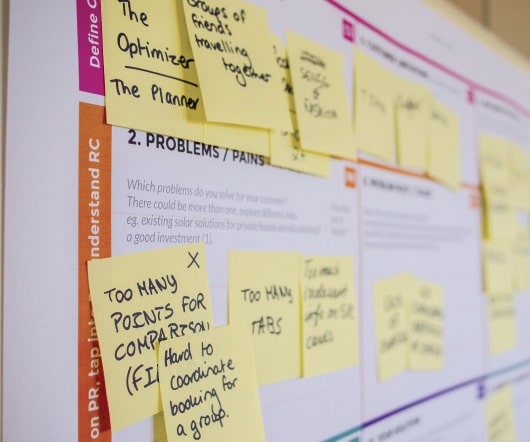How direct sourcing can help you beat the competition and find the people you need
HRExecutive
AUGUST 24, 2023
This is because traditional talent acquisition often results in long and expensive hiring and onboarding cycles, a lack of visibility into candidate populations and a failure to leverage the company brand to attract full-time and contingent talent. What are the benefits of direct sourcing?























































Let's personalize your content